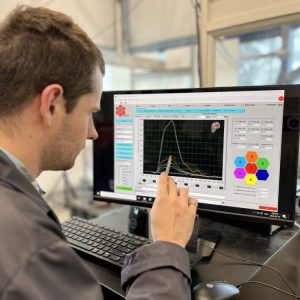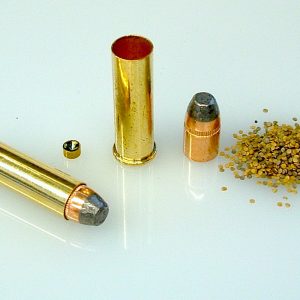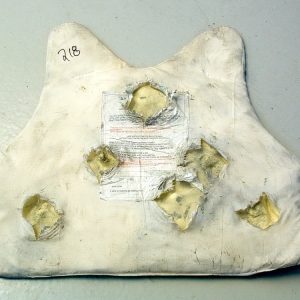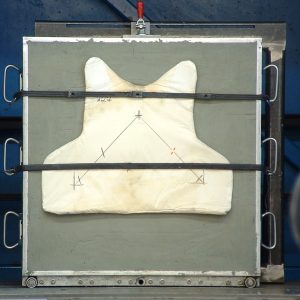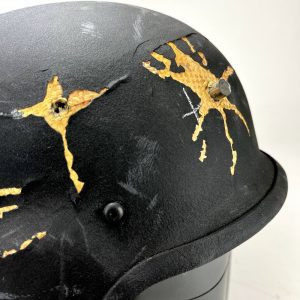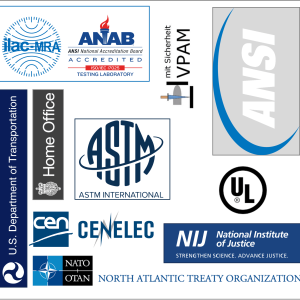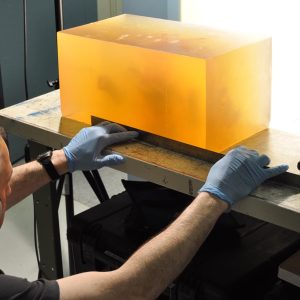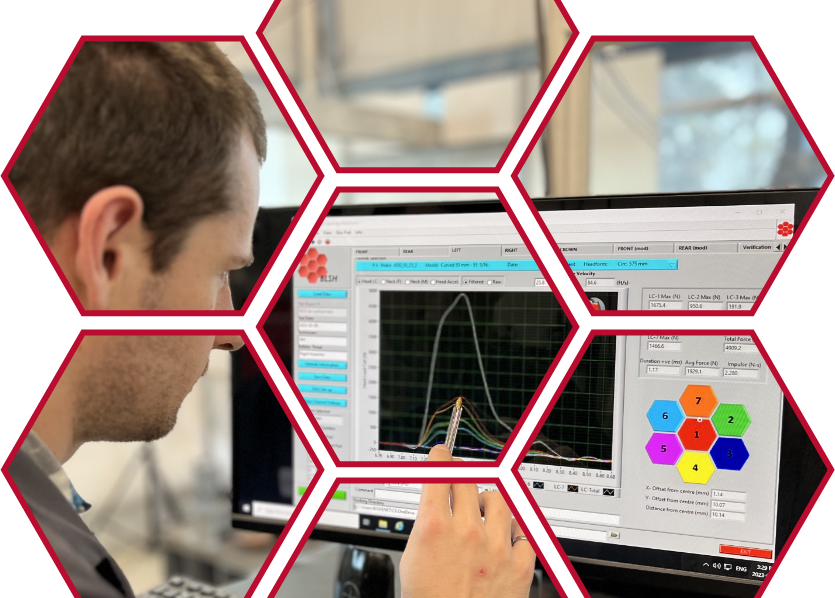Ballistics
At Biokinetics, we believe that there is no substitute for experience. For more than two decades, we have supported military and commercial test programs that focus on protecting the human body from impact threats.
Whether it is armour for vehicles or personnel, Biokinetics has the tools, people, and experience to get the job done. We perform ballistics testing on armour products with our military, law enforcement and corrections clients in our ISO 17025:2017 accredited ballistics laboratory and routinely test armour against fragmentation threats per military standards and body armour following NIJ 0101.06 and other specifications. Biokinetics offers solutions to industry, government and universities ranging from R&D, testing and evaluation to injury biomechanics and quality management programs.

